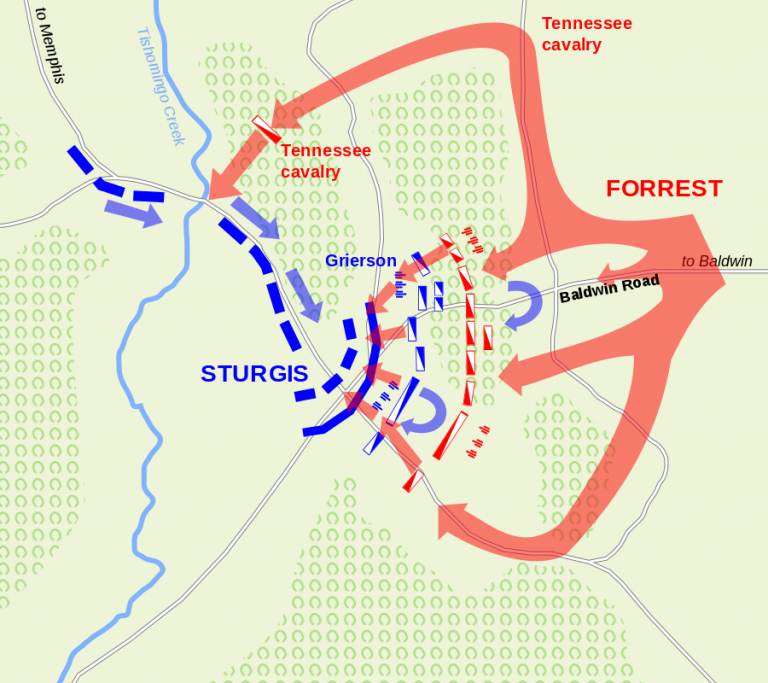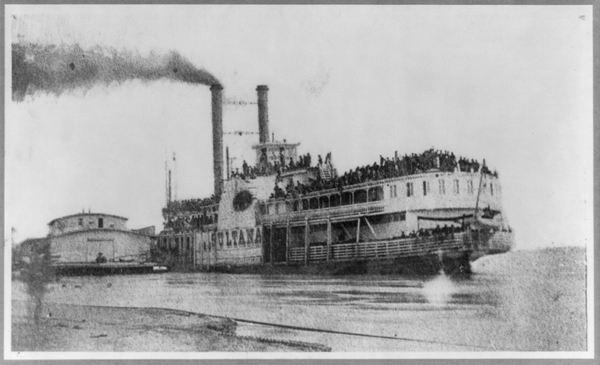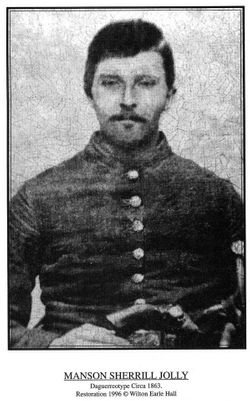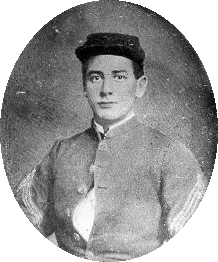About Publications Library Archives
heritagepost.org

Preserving Revolutionary & Civil War History

Preserving Revolutionary & Civil War History


Summary George Mason was a wealthy planter and an influential lawmaker who served as a member of the Fairfax County Court (1747–1752; 1764–1789), the Truro Parish vestry (1749–1785), the House of Burgesses (1758–1761), and the House of Delegates (1776–1780). In…

Battle Name Brice’s Crossroads Other Names Tishomingo Creek State Mississippi Location Prentiss County and Union County Campaign Forrest’s Defense of Mississippi Dates June 10, 1864 Principal Commanders Brig. Gen. Samuel D. Sturgis [US] ; Maj. Gen. Nathan Bedford Forrest [CS]…

The worst maritime disaster in American history occurred on April 27, 1865, when the steamship Sultana exploded and burned on the Mississippi River while dangerously overloaded with passengers. The Sultana, a typical side-wheeler coal-burning steamer, was built in 1863. It…

The hard-fighting brigade of Kentucky Confederates etched a remarkable chapter in Civil War history as the ultimate example of divided loyalties. On April 15, 1861, three days after the bombardment of Fort Sumter, President Abraham Lincoln issued a call…

Legendary Rebel Lies In Remote Grave The Dallas Morning News, March 27, 1965 By Thomas E. Turner, Central Texas Bureau Of The News Maysfield, Milam County — The ancient but neat Little River Cemetery is tucked away in a remote…

American soldier, lawyer, and politician from Paris, Texas, United States. He was a Major General for the Confederacy in the Civil War and later represented Texas in the U.S. Senate. Early life Samuel was born in Tompkinsville, Kentucky, to Rice…

George Wythe Randolph was a lawyer, Confederate general, and, briefly, Confederate secretary of war during the American Civil War (1861–1865). The grandson of former U.S. president Thomas Jefferson, Randolph hailed from an elite Virginia family but largely shunned public life…




John Tyler is famous for being the first vice president in the history of the United States to assume the full power of the presidency upon the death of a sitting president. In what became known as the “Tyler Precedent”,…

Among the 5,000 grave markers for Confederate soldiers in the Soldier’s Rest section of Cedar Hill Cemetery in Vicksburg, Mississippi, one pays tribute to Old Douglas, the camel of the 43rd Mississippi Infantry, Company A, nicknamed “The Camel Regiment.” The…